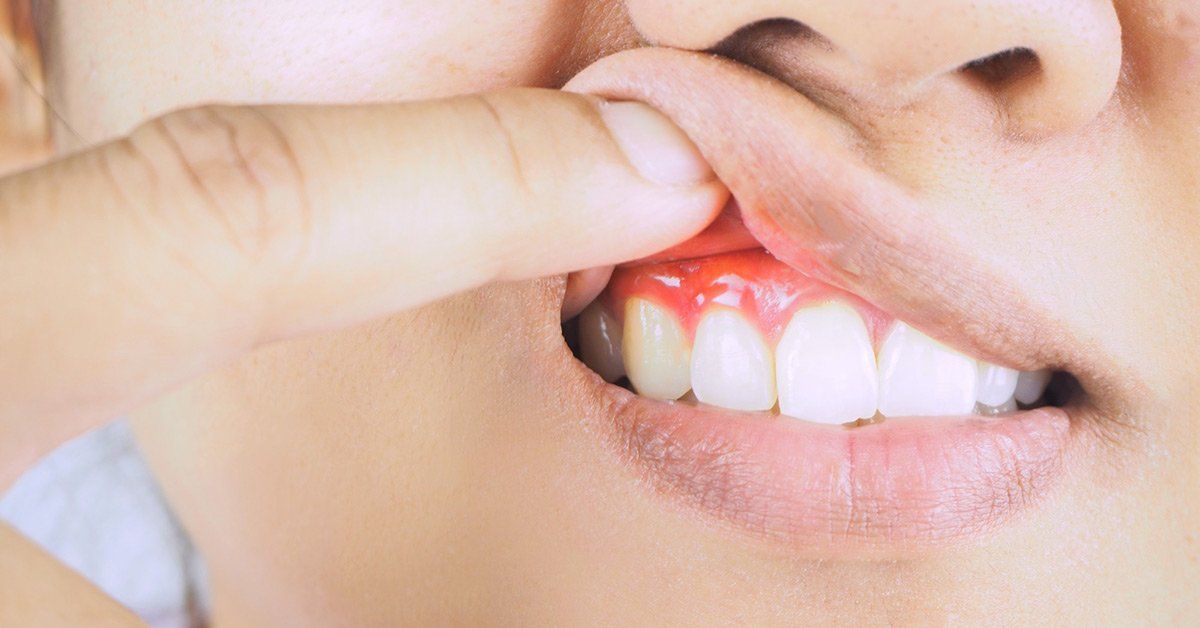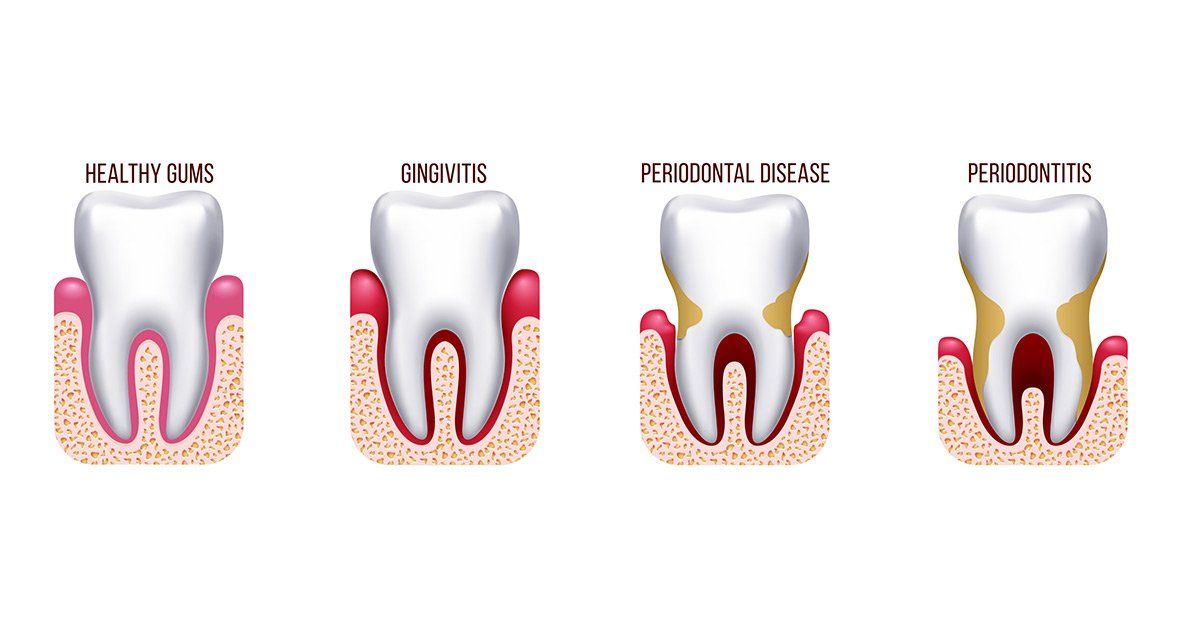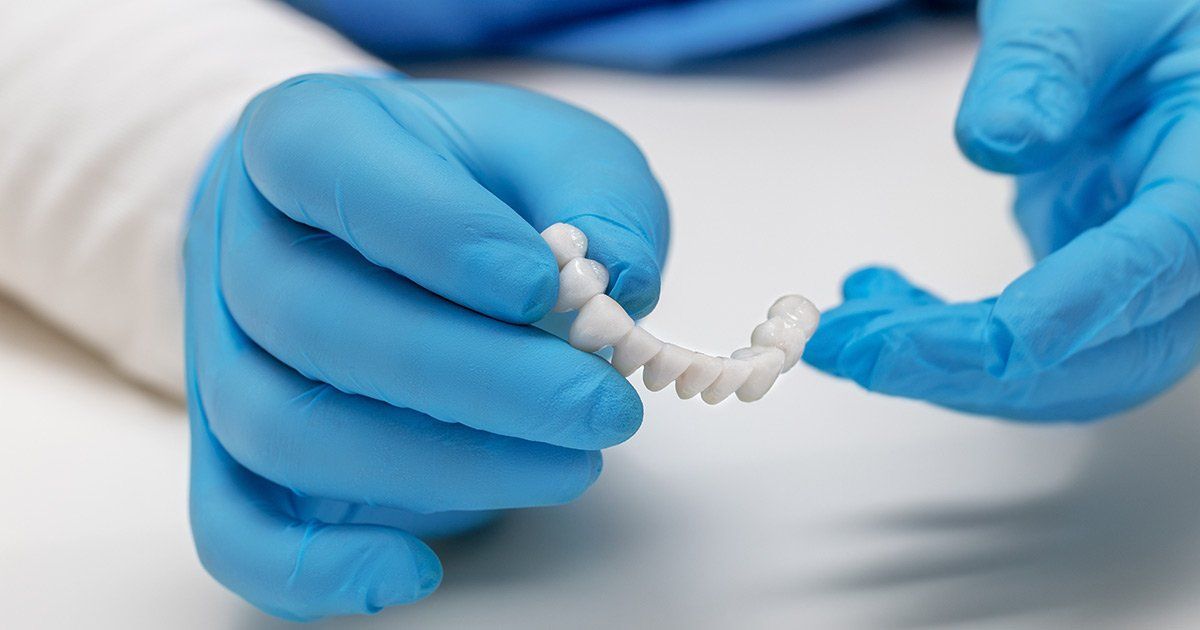The Path to Avoid: The Gum Disease Stages and Symptoms
Gum disease can have a serious impact on your health, your appearance, and your comfort. Learn about the gum disease stages and what they involve.
Do your gums bleed when you brush your teeth? Do you have pain or temperature sensitivity? These may represent signs of gum disease.
The July 2018 issue of The Journal of the American Dental Association discussed gum disease. The report estimated that 42% of Americans over the age of 29 have some level of periodontitis. Continue reading to learn about gum disease stages.What Is Periodontal Disease?
Gingivitis describes a mild form of periodontal or gum disease. If gingivitis isn’t treated, it can lead to periodontitis. This describes a severe infection of the gum that destroys the gum and jawbone.
Periodontal disease can contribute to the following general health problems as well:
- Cognitive function decline
- Alzheimer’s Disease
- Heart and coronary artery disease
- Cancer including pancreatic cancer
- Decreased lung function
- Sepsis
- Strokes
The key is to practice good oral hygiene. Brush your teeth twice a day and floss or use an interdental brush once a day. Have a dental checkup every 6 months.
Your dentist may recommend additional rinses or periodontal toothpaste.
Symptoms of Gum Disease
As you perform your oral hygiene, check for the following symptoms that may indicate gum disease :
- Red, purplish, or swollen gums
- Gum pain
- Bleeding gums
- Temperature sensitivity
- Gaps between the tooth and gum
- Loose teeth
- Movement of teeth
- Unusual or bad taste
- Bad breath
- Pus from the gums
If you have any of these symptoms, see your dentist immediately.
Risk Factors for Developing Periodontal Disease
There are several factors that increase your risk of developing periodontal disease. These factors include:
- Older age
- Smoking and tobacco use
- Genetics
- Stress
- Medications
- Bruxism
- General diseases
If you have any of these risk factors, good oral hygiene can decrease your risk.
Gum Disease Stages
The classification system for periodontal disease was updated in 2017. The new stages include the following.
Gingivitis Stage
The initial stage of gum disease involves gingivitis. If left untreated, the disease progresses.
Stage I (Initial)
This initial stage is characterized by 1 to 2 mm of clinical attachment loss (CAL). This describes the separation of the gum from the tooth. There is less than 15% of bone loss (BL) around the tooth.
There’s no tooth loss present. The probing depth (PD) is 4 mm or less and mostly horizontal. The PD describes the characteristics of the separation between the tooth and gum.
Stage II (Moderate)
There is a 3 to 4 mm CAL, 15% to 33% BL, and tooth loss. The PD is 5 mm or less and mostly horizontal.
Stage III (Severe)
There is 5 mm or more CAL, more than 33% BL, and loss of 4 teeth or less. The PD is 6 mm or more and BL of 3 mm or more. There’s an increased potential for further tooth loss.
Stage IV (Severe With Risk for Loss of Dentition)
This stage includes all stage III criteria. Complex interventions are needed due to difficulty chewing, severe defects in the bite, and bite collapse. There are now less than 10 opposing pairs of teeth.
Are You Concerned About Gum Disease?
This article described gum disease stages and associated health risks. If you experience any of these symptoms, talk to your dentist immediately.
Signature Smiles has been treating patients with a variety of dental issues since 1993. The staff approaches each patient with respect for their unique needs. They will develop a plan of care to address current problems and prevent future ones.
Contact our office today to ask questions and make an appointment.






